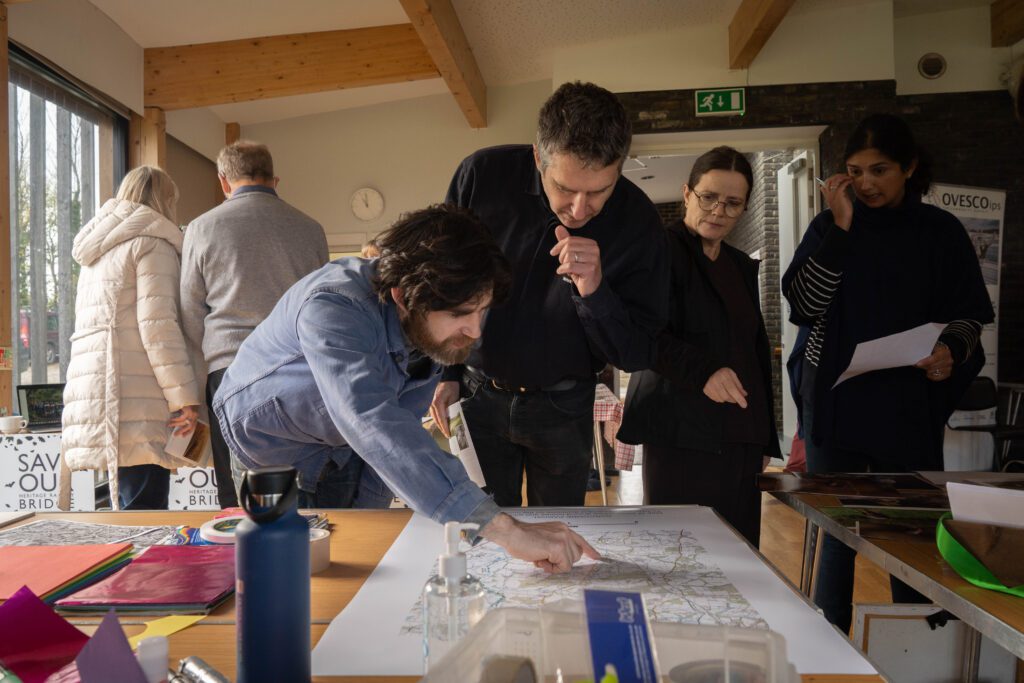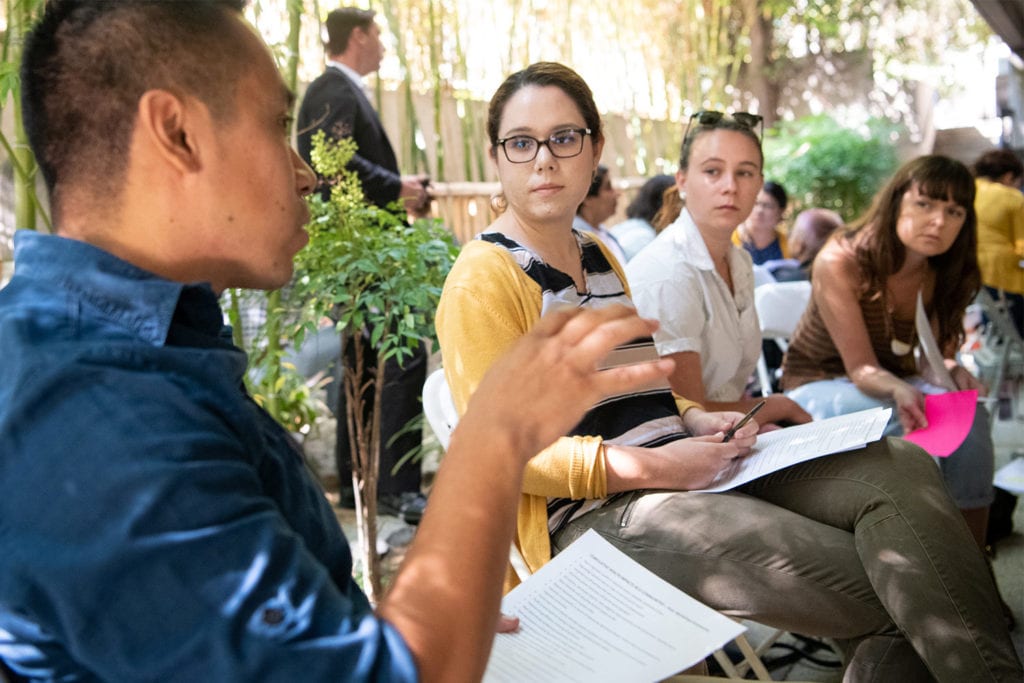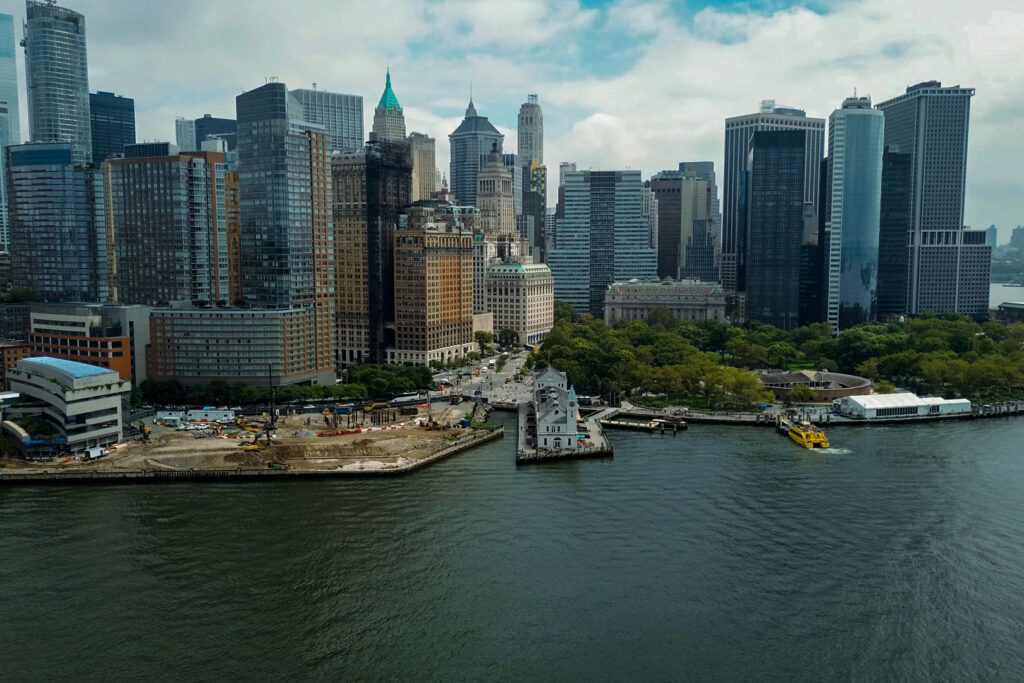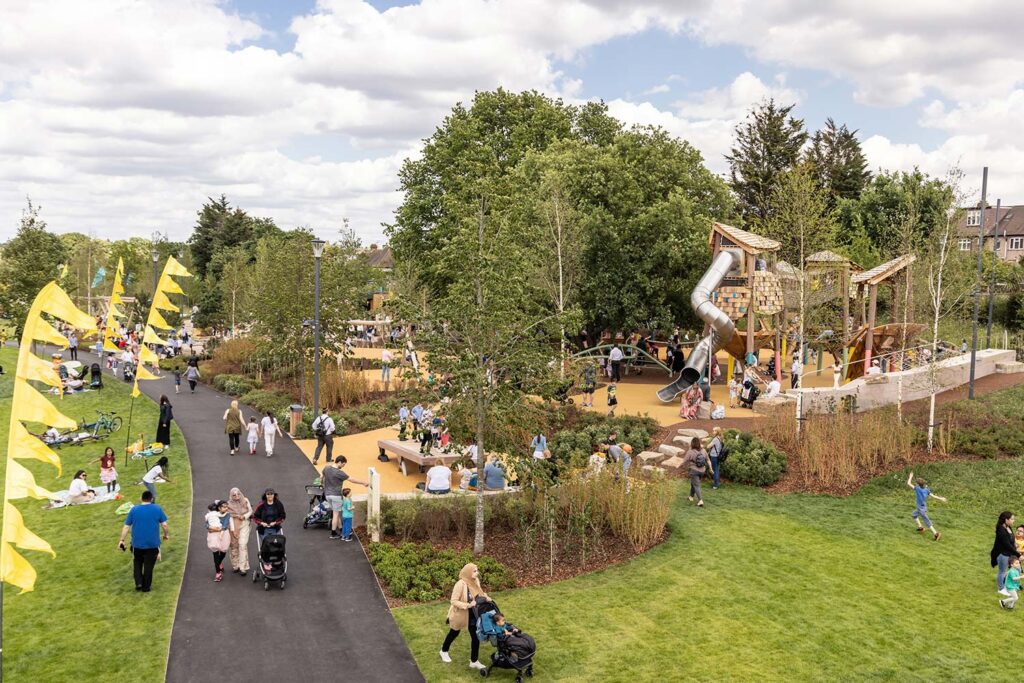
City of Los Angeles Decarbonization
Los Angeles, CA, USA
Project details
Client
Los Angeles Department of Building Safety
Collaborator
Los Angeles Department of Building Safety
Duration
Completion expected in 2023
Services provided by Buro Happold
There were two motions introduced for consideration by Los Angeles council early in 2022. These motions requested various city departments to provide recommendations for strategies that would help eliminate carbon emissions in new and existing buildings in the city. As well as provide an ordinance framework that requires new buildings be built to achieve zero carbon emissions.
Buro Happold was contracted via the Los Angeles Department of Building Safety to provide technical assistance, and decarbonization recommendations and support the development of an ordinance for new and existing building’s decarbonization requirements. The project, therefore, has been broken down into 2 phases.
Phase 1 was to support LADBS in developing new construction electrification requirements. Buro Happold spent six months helping to craft the technical requirements and quantify the impacts of an all-electric policy. On December 7th, the Los Angeles City Council unanimously approved an ordinance requiring that all new buildings within city limits be constructed all-electric. With this vote, Los Angeles became the largest city in the state and the second-largest city in the country to mandate a definitive shift away from fossil fuels in new construction.
The 2nd phase of the project dovetailed off of the December 7th ordinance by shifting focus to determine appropriate decarbonization strategies for the vast number of existing buildings in Los Angeles not covered in a new construction ordinance. With over 600,000 single-family homes and another 300,000 small and medium buildings in the City, Buro Happold began conducting an assessment of viable policies and strategies the city can put in place to address the carbon emissions in its existing building stock.
In 2023, Buro Happold will continue to work with LADBS to justify and develop recommendations for the new policy, changes to existing programs, and how phase strategies to help support Los Angeles’ pursuit of its carbon and energy goals.
Challenge
Significant challenges included addressing potential job loss implications for removing natural gas infrastructure from newly constructed buildings (plumbing union).
Opportunities for minimizing these job losses were explored and ultimately moved to be studied as part of a separate city motion after Buro Happold proposed 2 recommendations that were deemed cost prohibitive for building developers/owners.
Buro Happold will continue to support this separate city memo. Further challenges are expected in phase 2 as we explore existing buildings. Some of these challenges are how to address all of the single-family home’s annual carbon emissions without creating a cost burden and what triggers should be in place to require building owners to make upgrades/changes to their buildings.
Lastly, further challenges are to be expected in the implementation and phasing of any selected existing building strategies.

Solution
In phase 1, to address the loss of jobs concern, Buro Happold utilized our MEP engineers to provide cost data related to the removal of the gas infrastructure. These savings were then assessed by the sustainability team as an opportunity to supplement those jobs by way of other building strategies. These included analysis of greywater reuse and solar thermal both of which require additional piping infrastructure. In relation to phase 2 the Buro Happold team is compiling data to support where existing building policies have the biggest impact with the lowest cost implications.

Value
Materials around funding, specifically funding related to the Inflation Reduction Act, were compiled and have been used to help address cost concerns of requiring specific building/equipment upgrades. This will allow our team’s recommendations to be feasibly implemented and will lead to wide scale building electrification, guiding Los Angeles towards carbon neutrality by 2050.












